Brass jewelry is a popular choice for its warm, golden hue and timeless appeal. However, over time, it can lose its shine and develop tarnish due to exposure to air, moisture, and oils. Proper cleaning and maintenance are essential to keep your brass jewelry looking its best. This guide will walk you through easy and effective steps for how to clean brass jewelry.
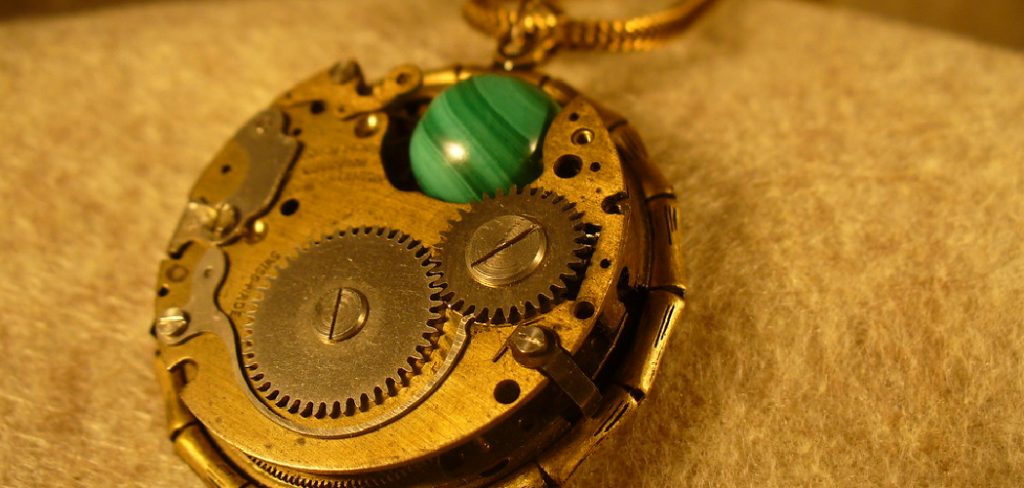
Why Cleaning Brass Jewelry is Important
Properly cleaning and maintaining brass jewelry is crucial not only for preserving its aesthetic appeal but also for ensuring its longevity. Tarnish and dirt buildup can obscure the natural luster of brass, making it appear dull and aged. Over time, this can lead to damage, such as discoloration or pitting, which may be difficult to reverse. Regular cleaning helps prevent these issues and keeps your jewelry looking vibrant and fresh. Furthermore, clean brass jewelry is more hygienic, as it removes accumulated oils, sweat, and other impurities that can irritate the skin. By dedicating time to care for your brass pieces, you protect both their beauty and value for years to come.
Challenges of Cleaning Brass Jewelry
While cleaning brass jewelry is essential, it does come with its challenges. One of the primary difficulties is ensuring that the cleaning process does not cause unintentional damage, such as scratching or over-polishing, which can strip away protective finishes. Additionally, brass is often composed of an alloy containing copper and zinc, meaning it may react differently to certain cleaning agents.
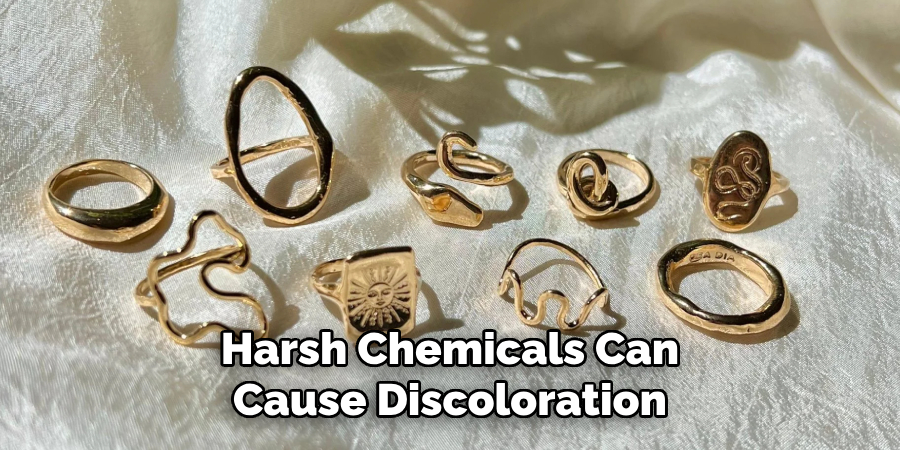
Harsh chemicals can cause discoloration or accelerate tarnishing instead of removing it. Another challenge is addressing intricate or detailed designs, which can make it difficult to reach all areas and remove dirt or tarnish effectively. Finally, distinguishing between brass and brass-plated jewelry can lead to complications, as using inappropriate cleaning techniques on brass-plated items may cause the plating to wear off. Understanding these challenges is key to approaching brass jewelry care thoughtfully and effectively.
Tools and Materials Needed
To clean your brass jewelry effectively, you will need a few key tools and materials. Having the right items on hand will ensure that the cleaning process is safe and efficient. Here’s what you’ll need:
- Soft Cloths or Microfiber Towels: For gentle cleaning and polishing without scratching the surface.
- Mild Dish Soap: Used to create a gentle cleaning solution that removes dirt and oils.
- Warm Water: Essential for rinsing and diluting cleaning agents.
- Soft-Bristled Toothbrush: Ideal for reaching intricate designs and crevices to remove stubborn dirt and tarnish.
- Lemon Juice or White Vinegar (for homemade solutions): Both are excellent natural cleaners for brass, helping to dissolve tarnish.
- Baking Soda (optional): Often combined with vinegar or lemon juice to create a natural scrubbing paste.
- Commercial Brass Cleaner (optional): For more stubborn tarnish, a brass-specific cleaner can provide effective results, but be cautious and read the product instructions.
- Cotton Swabs: Perfect for spot cleaning and reaching tight, detailed areas.
- Rubber Gloves (optional): To protect your hands from prolonged contact with cleaning agents.
Having these tools and materials prepared beforehand can make the cleaning process smoother and ensure that your brass jewelry receives the proper care it needs.
10 Methods How to Clean Brass Jewelry
1. Use Warm Water and Mild Soap
One of the simplest and gentlest methods for cleaning brass jewelry is with warm water and mild soap. Fill a bowl with warm water and add a few drops of liquid dish soap. Soak the jewelry for a few minutes to loosen dirt and grime. Use a soft-bristled toothbrush or cloth to gently scrub the surface, paying attention to intricate details. Rinse thoroughly with clean water and pat dry with a soft, lint-free cloth. This method is ideal for everyday cleaning and maintenance.
2. Polish with Lemon and Salt
Lemon and salt make an excellent natural cleaner for tarnished brass jewelry. Sprinkle a small amount of salt onto half a lemon and gently rub it over the jewelry. The acidity of the lemon dissolves tarnish, while the salt acts as a mild abrasive to remove stubborn spots. After cleaning, rinse the jewelry thoroughly with water to remove any acidic residue and dry it completely. This method is especially effective for heavily tarnished pieces but should be used sparingly to avoid over-polishing.
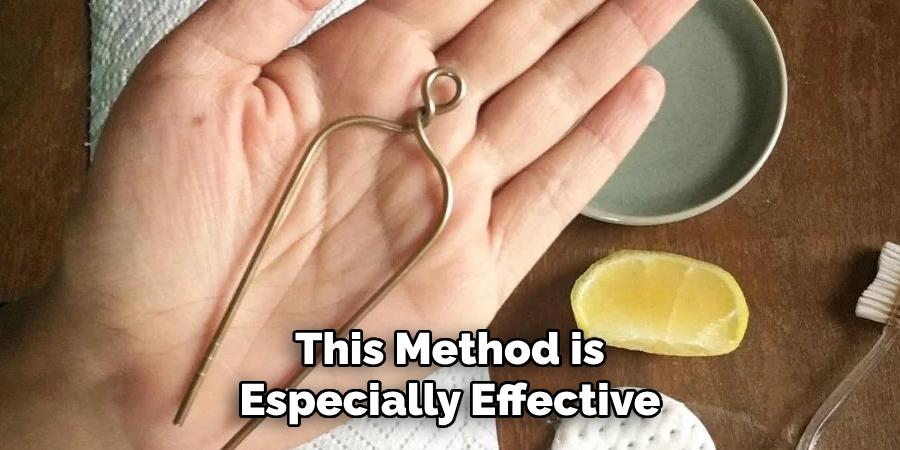
3. Apply a Vinegar and Baking Soda Paste
A paste made from vinegar and baking soda is another powerful way to clean brass jewelry. Mix equal parts of white vinegar and baking soda to form a paste. Apply the paste to the jewelry using a soft cloth or toothbrush, then gently scrub to remove tarnish. Let the paste sit for a few minutes before rinsing it off with warm water. Dry the jewelry thoroughly with a soft cloth. This method is effective for removing oxidation and restoring shine.
4. Clean with Commercial Brass Cleaners
Commercial brass cleaners are specially formulated to remove tarnish and restore shine without damaging the metal. Apply a small amount of the cleaner to a soft cloth and gently rub it onto the jewelry. Follow the product’s instructions for application time and rinsing. Commercial cleaners are a convenient option for heavily tarnished pieces, but ensure they are safe for use on jewelry, especially if your brass jewelry has a lacquered or coated finish.
5. Polish with Ketchup
Ketchup may sound unconventional, but it’s surprisingly effective for cleaning brass jewelry. The acidity of the tomatoes helps dissolve tarnish, while the texture provides mild polishing action. Apply a small amount of ketchup to the jewelry, spread it evenly with a soft cloth or toothbrush, and let it sit for a few minutes. Rinse thoroughly with warm water and dry completely. This method is gentle and works well for mildly tarnished jewelry.
6. Soak in a Water and Ammonia Solution
For heavily tarnished brass jewelry, a soak in a water and ammonia solution can help. Mix one part ammonia with three parts water in a bowl. Immerse the jewelry in the solution for a few minutes, then scrub gently with a soft brush to remove tarnish. Rinse thoroughly under running water and dry with a lint-free cloth. Be cautious with this method, as prolonged exposure to ammonia can damage delicate or intricate pieces.
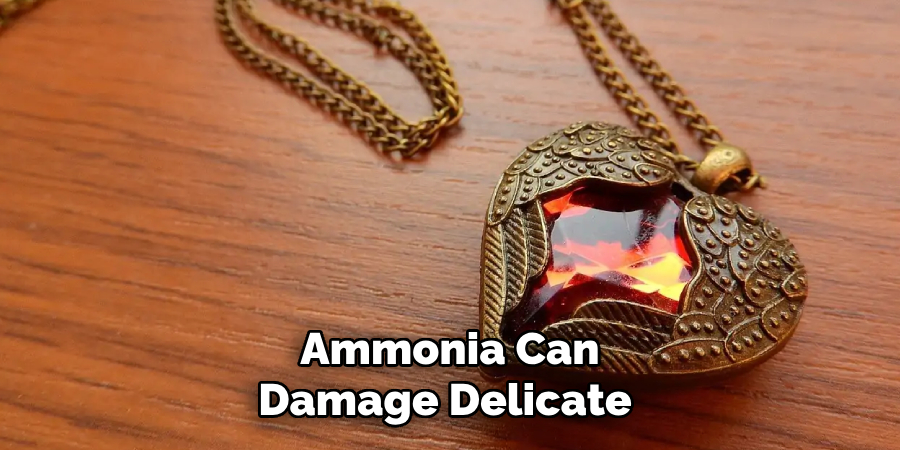
7. Buff with a Microfiber Cloth
For jewelry with only light tarnish or fingerprints, buffing with a microfiber cloth can restore its shine without the need for additional cleaning agents. The fine fibers of the cloth remove dirt and oils without scratching the brass. Use gentle, circular motions to polish the jewelry and bring back its luster. This method is ideal for regular maintenance and touch-ups between more intensive cleaning sessions.
8. Use Olive Oil for Shine
Olive oil can be used to enhance the shine of brass jewelry after cleaning. Apply a small drop of olive oil to a soft cloth and rub it gently over the surface of the jewelry. The oil creates a protective barrier that helps prevent tarnish while adding a glossy finish. Avoid using too much oil, as it can leave a greasy residue. Buff the jewelry with a clean cloth to remove excess oil and enhance the shine.
9. Remove Tarnish with Toothpaste
Non-gel toothpaste can act as a mild abrasive to clean tarnished brass jewelry. Apply a small amount of toothpaste to a soft toothbrush or cloth and gently scrub the jewelry in a circular motion. Focus on intricate areas where tarnish may accumulate. Rinse thoroughly with warm water to remove all traces of toothpaste, then dry with a soft cloth. This method works well for both light and moderate tarnish.
10. Use a Mixture of Flour, Salt, and Vinegar
A paste made from flour, salt, and vinegar is an effective homemade brass cleaner. Mix equal parts of flour and salt with enough vinegar to form a thick paste. Apply the paste to the jewelry and let it sit for about 10 minutes. Use a soft brush or cloth to scrub the surface, then rinse with warm water and dry thoroughly. This method is gentle and suitable for brass jewelry with intricate designs or delicate components.
Things to Consider When Cleaning Brass Jewelry
When cleaning brass jewelry, it is essential to take certain precautions to ensure your pieces are cared for properly and not damaged in the process. First, always test any cleaning method on a small, inconspicuous area of the jewelry to avoid potential adverse reactions, especially if the piece has coatings, lacquers, or is combined with other materials like gemstones. Avoid using abrasive tools or harsh chemicals that could scratch or weaken the brass.
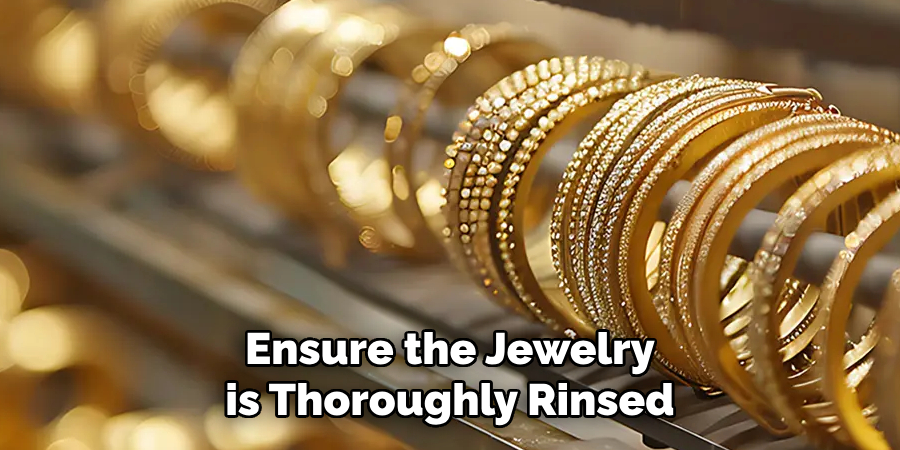
Additionally, ensure the jewelry is thoroughly rinsed and dried after cleaning to prevent moisture from causing further tarnish or corrosion. Lastly, store your clean jewelry in a dry, airtight container to maintain its shine and reduce exposure to humidity, which can accelerate tarnishing. Taking these steps will help preserve the quality and appearance of your brass jewelry over time.
Conclusion
Maintaining the beauty and luster of your brass jewelry doesn’t have to be a daunting task. By using simple household items like vinegar, baking soda, or even ketchup, along with proper care and storage practices, you can keep your pieces looking their best. Whether you choose gentle homemade methods or commercial cleaners, it’s important to clean your jewelry regularly and handle it with care. So, there you have it – a quick and easy guide on how to clean brass jewelry.
Edmund Sumlin is a skilled author for Metal Fixes, bringing 6 years of expertise in crafting a wide range of metal fixtures. With a strong background in metalwork, Edmund’s knowledge spans various types of fixtures, from decorative pieces to functional hardware, blending precision with creativity. His passion for metalworking and design has made him a trusted resource in the industry.
Professional Focus:
- Expert in Metal Fixtures : Edmund aesthetic specializes in creating durable and innovative metal fixtures, offering both appeal and functionality. His work reflects a deep understanding of metalworking techniques and materials.
- Sustainability Advocate : He is dedicated to using sustainable practices, ensuring that every fixture is crafted with eco-friendly methods while maintaining high-quality standards.
In his writing for Metal Fixes, Edmund provides valuable insights into the latest trends, techniques, and practical advice for those passionate about metal fixtures, whether they are professionals or DIY enthusiasts. His focus on combining artistry with engineering helps others discover the true potential of metal in design.


